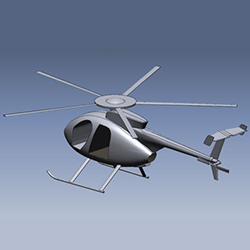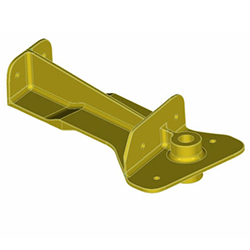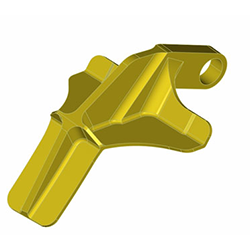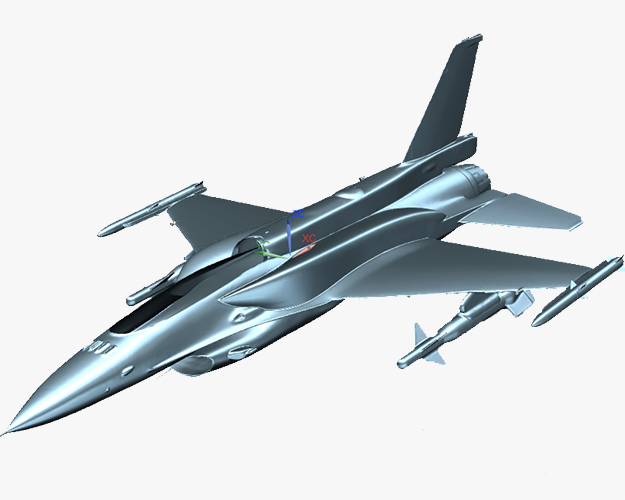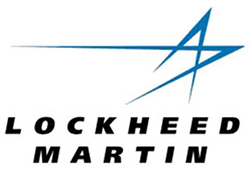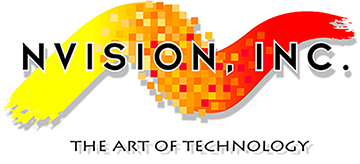Aerospace
Aviation/Aerospace
3D laser scanning’s ability to provide precise, virtual representations of physical objects makes it ideally suited for aviation/aerospace, an industry that places paramount importance on accuracy. And with good reason. In 2019, U.S. airlines carried an estimated 925.5 million passengers. In aircraft manufacturing and maintenance, accuracy equals safety.
NVision’s engineering services can provide the ultra-accurate measurement and inspection details essential at every stage of aircraft design, manufacture, and MRO.
What can our non-contact optical scanning services do for you? As they say, how much time do you have? Here is just a partial list of the services we provide:
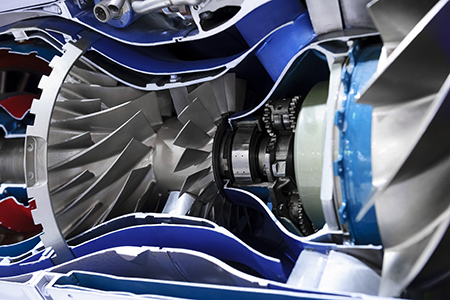 Creating Computer-Aided Design (CAD) Models for Reverse-Engineering, Inspection, Redesign, Reproduction, and MRO
Creating Computer-Aided Design (CAD) Models for Reverse-Engineering, Inspection, Redesign, Reproduction, and MRO
--Our scans will provide you with CAD models--exact digital duplicates--of whatever you need to inspect or reverse-engineer, from wing ribs, ailerons, and struts, to empennage parts, internal fuselage elements, and specific mechanisms, such as turbine engines (including turbine blades).
--With the CAD model we create from our 3D scan data, you can view your as-built part, assembly, or structure in an accurate virtual form that can be easily inspected and used for comparison or reconstruction.
--Our CAD models can be used to optimize or alter the original design of a part. In the case of parts lacking original design/dimensional documentation, our CAD models constitute a perfect model of the as-built object, which you can use for reproduction.
--Maintenance and design engineers can use our CAD models to measure aircraft parts with extremely complex geometries to assess the levels of repair required, reverse-engineer key components, and assure the fit of aircraft accessories. This information helps engineers to maintain aircraft operability in peak working condition.
Determining part or component conformity to OEM design
--We can compare as-built parts with design-intent models to reveal any variances that have occurred.
Damage Assessment
--Our 3D scans can reveal the exact location and extent of, any damage to parts or structures.
--We can scan specific parts and quickly provide design engineers with a CAD file they can use to engineer repairs for the damaged part.
--We can conduct a 3D scan of the interior and exterior of the plane to examine structural integrity and pinpoint any structural deterioration, including fatigue and environmental damage..
--We can analyze damage sustained from hard landings and impacts such as bird strikes.
--Our skilled technicians and accurate scanners can obtain the 3D geospatial data you need to get your plane back in the air as quickly and as safely as possible.
Repair certification and tooling validation
--Our scans are able to document the work of FAA repair stations with such precision that the stations are able to obtain the necessary FAA approval for the repairs in far less time than is usually required.
--We can inspect and validate tooling such as molds and die for tolerances.
Interference analysis
--We can scan and create an exact 3D model of an aircraft’s interior or exterior. This virtual representation can be used to detect any interferences that might interfere with installation of additional interior or exterior elements. Determining potential interference areas before installation reduces expensive design iterations and speeds construction and assembly.
There's a reason that the United States Air Force, Boeing, Delta, Bombardier, Lockheed, Raytheon and other aerospace leaders use NVision’s engineering services. For over 30 years, the NVision name has been synonymous with quality work. Our experience in the aviation/aerospace industry shows...in the results we deliver and the customers we keep.
Please contact us by phone (817.416.8006) or email (sales@nvision3d.com) to discuss your 3D Scanning/Measurement needs.
